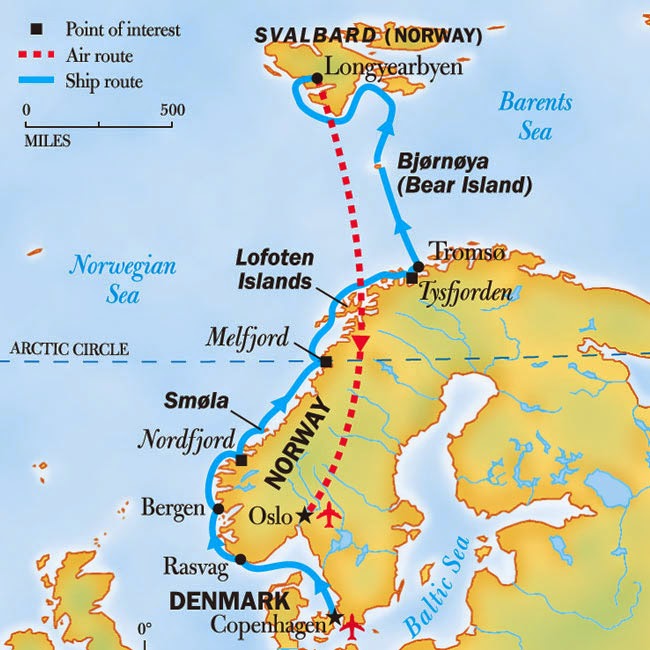Oceanic islands, unlike continental islands, start out with no life, in other words sterile, and gain life and organisms by long distance dispersal. Any plant or animal now native to Galapagos must have arrived to the islands by one of several means; by sea or air. Air, of course includes organisms wind blown or carried by birds.
There is a striking unbalance of the flora and fauna of the Galapagos. Only a small selection of the of the groups of plants and animals on the South American continent are present on the island. The islands have a large number of reptiles but no amphibians; many birds but almost no mammals. The same observation can be made with plants; plants such as pines, palms, and plants with large seeds are not found on the islands while ferns, grasses, dandelions and the like are abundant and in numbers greater than would be expected.
The Islands are well located to receive species by both current and wind. The trade winds and currents both act to carry species from the mainland.
Transport by sea is by swimming or rafting. Rafts of vegetation are commonly washed into the sea from the mainland riverbanks. Most rafts, however, become water logged and sink well before reaching the islands. Rafting does offer a reason for the large number of reptiles and lack of amphibians in thenIslands. Reptiles require little water whereas amphibians would quickly dehydrate and die before reaching the Islands. Swimming should be self explanatory.
Transport by air can also be broken into two methods; windblown and transport by birds. The small spores of many plants, such as ferns, lichen, and mosses are easily dispersed by wind. Small insects and spiders are frequently dispersed over many miles by wind. Bats and land birds, considered as weak fliers, were mostly likely blown to the islands. The arrival of seabirds poses no problems since most sea birds are considered excellent long distant travelers. The most important delivery of plants and seeds, however, is believed to be by birds, either as "hitch-bikers" or in the birds gut.
For plants to become established, they must find suitable habitat. The plant types most likely to survive are weeds with a wide tolerance. The Galapagos flora is characterized by weedy species.
In addition to finding a "friendly" environments, plants need to be pollinated to survive. Plants hat require a specific pollinator (insect or animal) can't survive unless the pollinator is successfully transported to the Island. This is one explanation for the lack of plants with large, colorful flowers in the archipelago. An example are orchids. Small seeds that can easily be transported to the islands but they have specialized pollinators. As a result, there are few orchids in the Galapagos Islands. There are very few pollinating insects in the Islands so the more common and abundant plants are wind-pollinated.
Humans have replaced birds as the most common factor in transporting plants and animals to the islands. Humans have introduced 195 weeds and exotic plants (almost 40% of the flora) on the islands in addition to numerous domesticated animals that have gone wild along with insects such as fire ants. The National Park Service has instituted an eradication program to combat this problem.
- Posted using BlogPress from my iPad
Location:Galapapgos Islands
